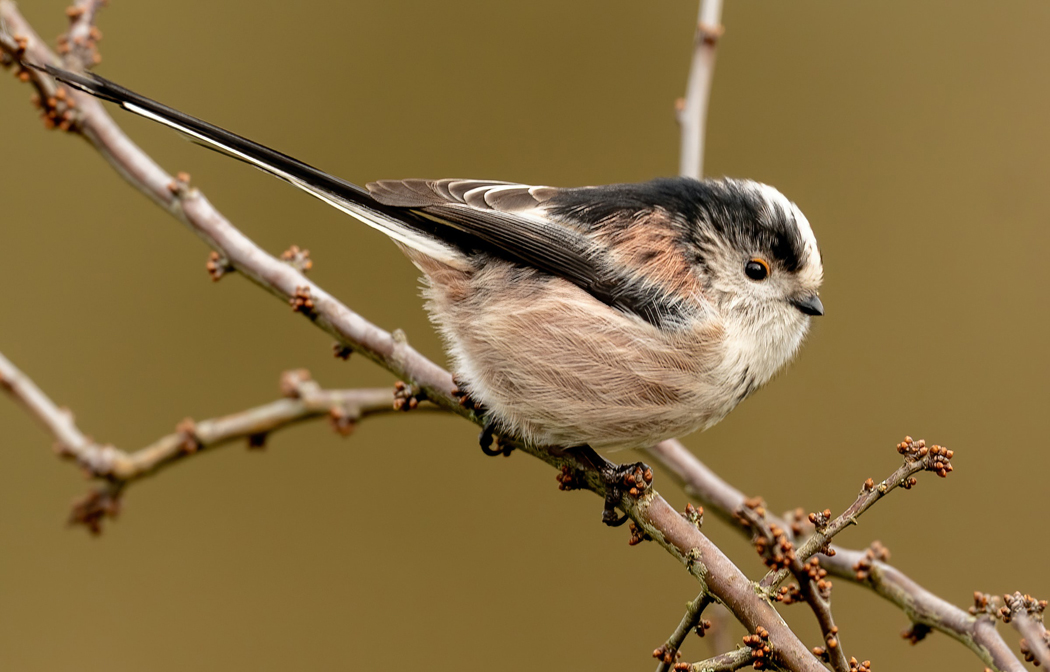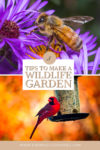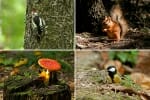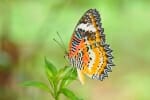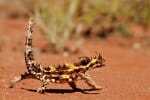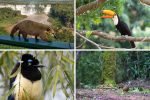Curious about how to make a wildlife garden? Follow these 5 steps and enjoy the company of bees, birds, butterflies and maybe even small mammals.
Attracting more wildlife to your garden or allotment doesn’t necessarily damage your plants and is relatively easy. We live in a world of constant environmental destruction and global warming, but we can all do our part, no matter how small it might seem. Here are some easy changes you can make to your outdoor space to make it a more hospitable place for the local fauna.
Pick the Right Plants
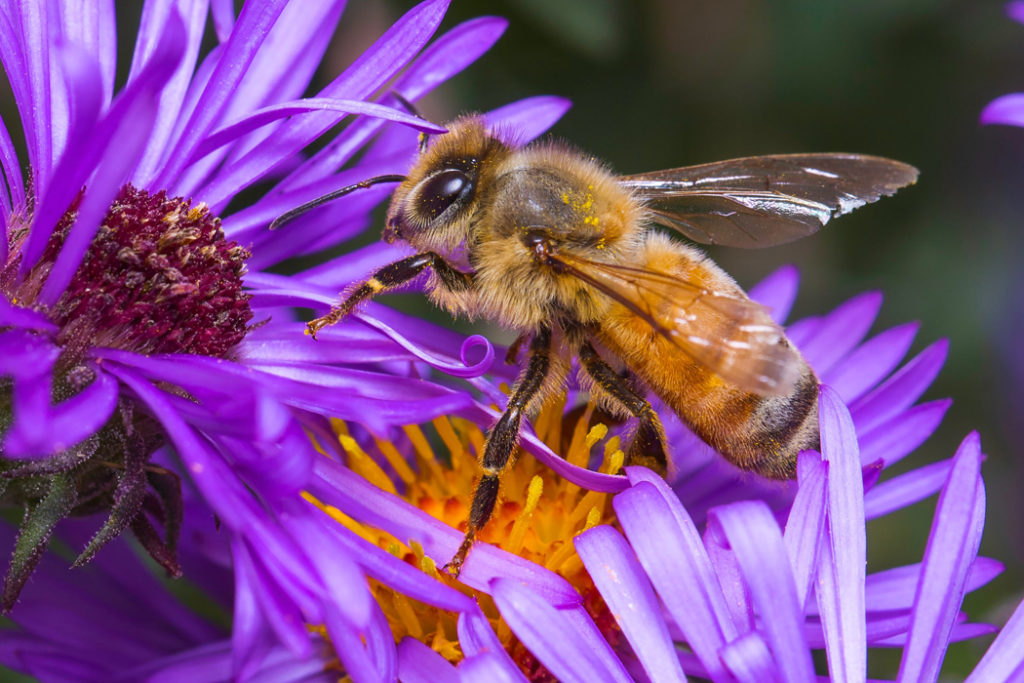
You’ve no doubt heard about the plight of the bees. The populations of these essential pollinators have been rapidly declining in recent years due to pollution, habitat loss, and pesticide use.
So, we must protect the bee populations in any way that we can, but how can we do this? The answer is remarkably straightforward. One of the biggest things that we can do on an individual level is to plant flowers they like.
Flowers provide nectar for bees. In return, the bees pick up pollen from the plants and fly it to other nearby flowers. This allows plants to reproduce and means that we can continue to enjoy what they provide for us.
When choosing the right flowers for your garden, you should avoid species that are highly bred. These can often be more aesthetically pleasing for us, as they can have large and blowsy flowers. Unfortunately, they generally contain less pollen and nectar than flowers that have not been bred for these traits, so they are of little use to the bees.
The best plants will provide the bees with pollen and nectar for the longest possible time throughout their flowering season. It is good to plant crocuses in spring, as these will stay in flower for a while and produce significant amounts of nectar. Later in the year, consider planting ivy and Michaelmas daisy, which will provide sustenance for bees into the autumn.
You can find a detailed list of plants that help support bee populations and when to plant them here.
Add a Body of Water
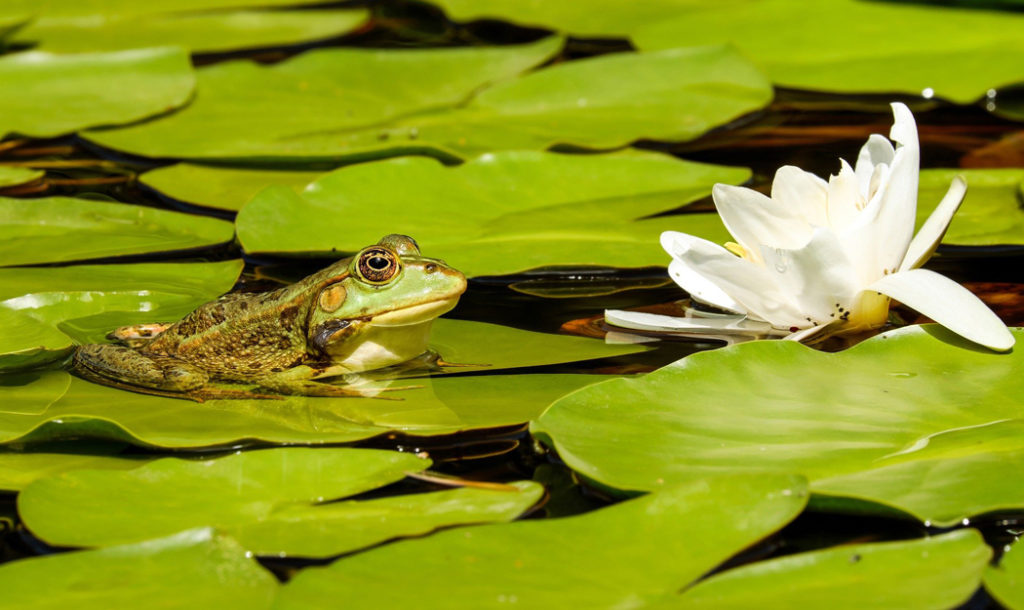
While this might not be possible in every garden, everyone should dig a pond in their outdoor space in an ideal world. This is the single most effective way that you can promote biodiversity in your garden or allotment. It doesn’t even really matter how big it is! A bucket of water or even an upturned bin lid can do the trick.
When creating a body of water to promote biodiversity, you probably shouldn’t introduce fish, as they will eat anything trying to establish in the pond. Also, it is best to avoid playing with the features of the pond too much. Allowing wild water plants to colonise the water naturally will help to protect species local to you. Also, ensure that the sides of the pond are not too steep. This will allow any fauna like frogs to escape from the pond quickly.
Leave Food Out For the Birds
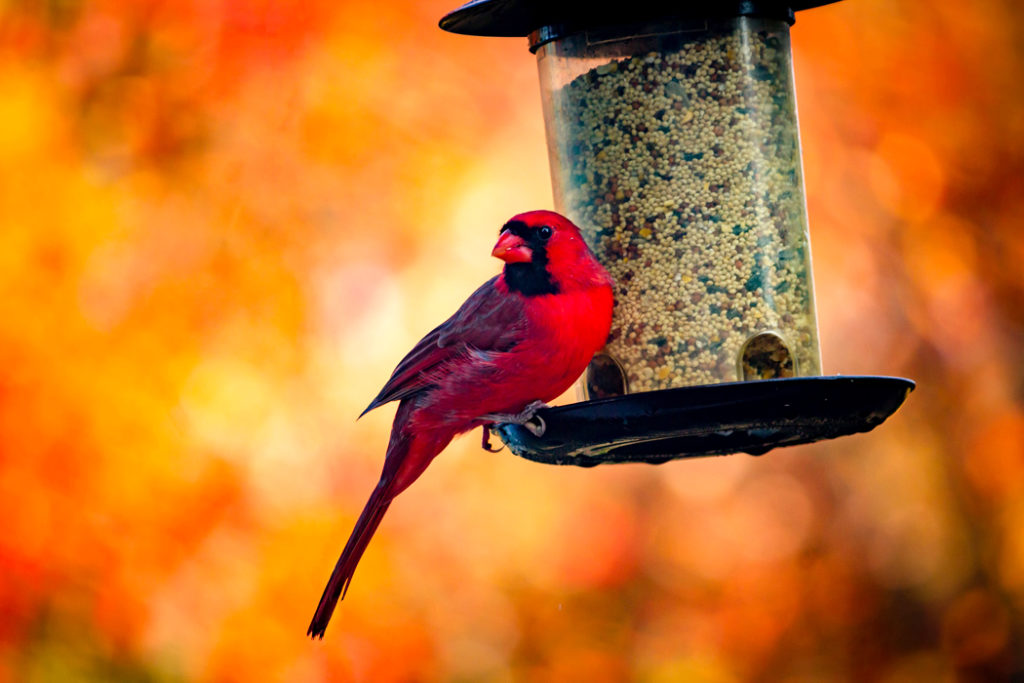
It is very common to see bird feeders in gardens throughout the winter months. While birds are more under threat of starvation in the winter, it is a good idea to leave a bird feeder or two out year-round.
Birds are some of the most charming animals we are likely to see in our back gardens, and by leaving out a bit of extra food for them, they are easy to attract. Generally, it is better to leave out a mix of foods for birds to ensure they are getting a nutritionally balanced diet. Things like nuts, seeds, and fat balls will all help your local birds to thrive throughout the year and give you plentiful bird watching opportunities.
Depending on your geographic location, a bird feeder can become a wildlife spectacle. The most impressive bird feeder I have seen was that in the southern Pantanal in Brazil. A mammoth wooden troth filled with corn attracted some of the most iconic birds you can find in Brazil, including macaws, rheas, and toucans, as well as the more common seedeaters.
Let Some Grass Grow
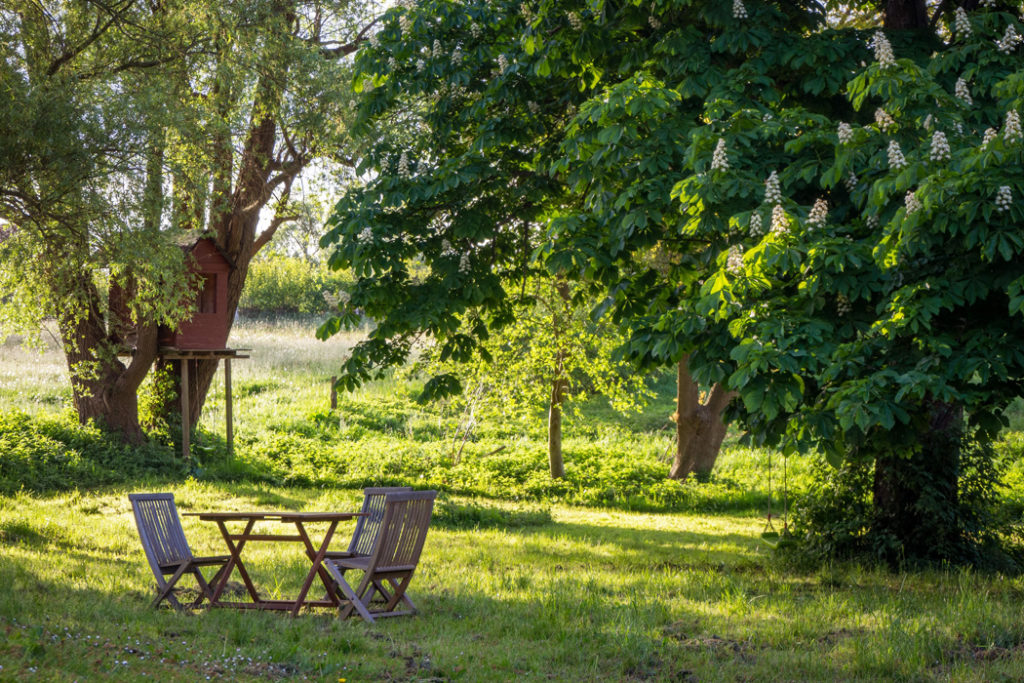
While it may not be the most aesthetically pleasing thing to have an overgrown garden, longer grass can provide a brilliant habitat for many plant and insect species. Things like butterflies and wildflowers can flourish if the lawnmower is regularly passing over them.
This doesn’t mean that you have to have a garden full of long grass. If your garden is big enough, you could opt for a patch of the space where you do not mow the lawn. This will give some breathing room for species to establish and will ultimately have a considerable effect on the nectar production of your garden.
If having a patch of overgrown garden isn’t your style, consider only mowing the grass once every month. Even this can profoundly affect biodiversity, as it will give plants like daisies and clover an opportunity to flower. Doing this can help species like bees to thrive without you needing to plant anything new. It is comfortably one of the lowest effort steps you can take to give the wildlife a helping hand.
Start a Compost Heap
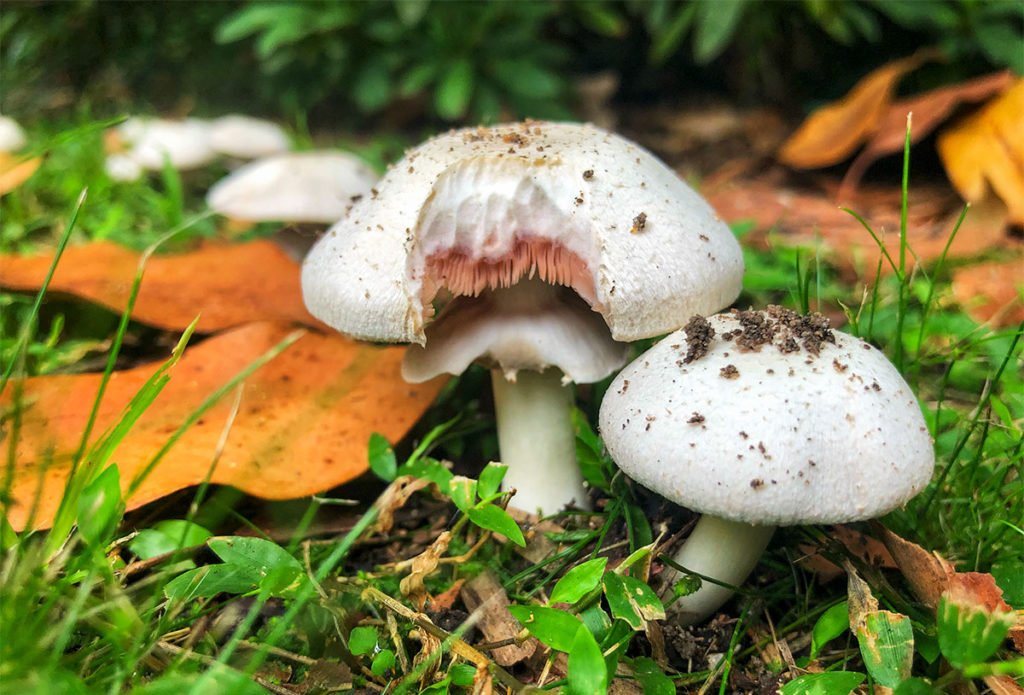
Composting the food waste from your home will have a significant knock-on effect on all of the wildlife in your garden. Organisms like earthworms and fungi will decompose the waste, releasing the nutrients present into the soil.
Compost will make your garden healthier overall. More nutrient-rich soil means healthier and faster-growing plants. In turn, these will provide habitats and food sources for other wildlife, making your garden a more biodiverse place.
Additionally, compost is just a household waster, which makes this an extremely cost-effective method for attracting wildlife to and improving the overall health of your garden.
Sit Back and Enjoy your Wildlife Garden
Following the steps in this guide will help you to build a diverse wildlife garden in your outdoor space. Ultimately, creating a haven for all types of wildlife in your garden will help bring some larger animals, like birds and mammals, closer to your home. So you can sit back and enjoy the thrill of wildlife watching from the comfort of your garden.
Promoting biodiversity doesn’t have to be complicated or expensive and benefits everyone, so consider implementing some of these tips in your garden.
More Wildlife Guides
- Wildlife of Moscow Parks: Birds, Mammals, and Amphibians
- The striking world of moths of Thailand
- Finding Birds in Istanbul without Looking for Them
- The Diverse and Spectacular Butterflies of Thailand
- Uluru animals – Weird and wonderful creatures you can spot at Uluru
- Wildlife of Iguazu Falls, Brazil and Argentina
- Stray cats vs free-roaming cats: How to tell the difference?
- 28 Incredible Borneo Animals and best places to see Borneo wildlife
- What are the best African Safari Holidays Destinations?
- Jaguar vs Leopard – Discover How to Tell the Two Cats Apart

